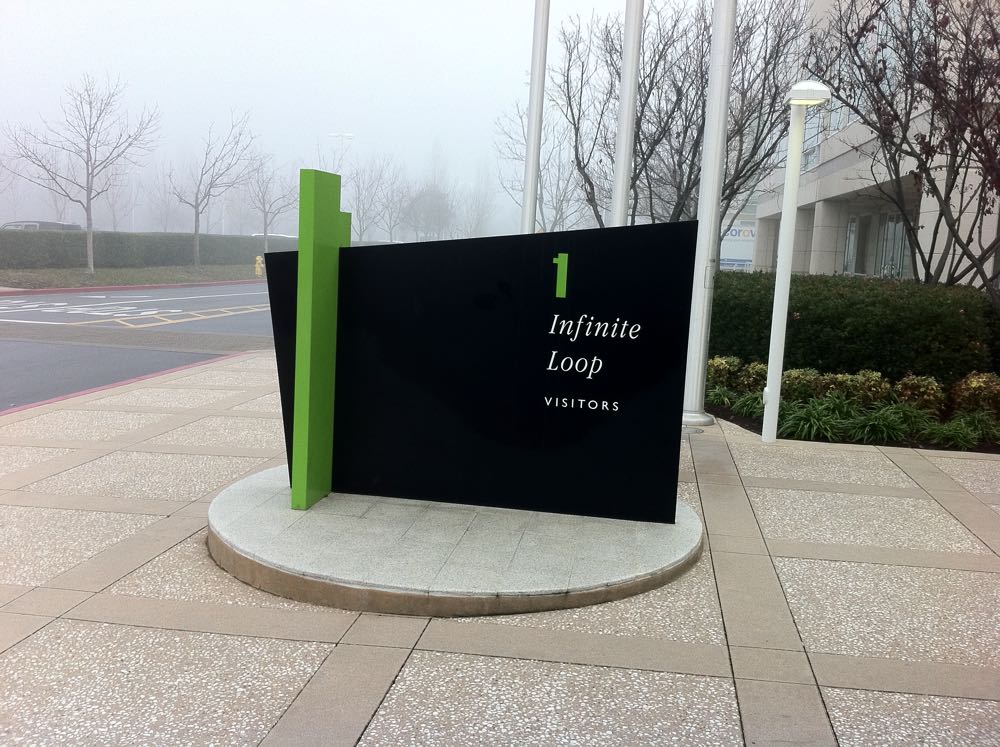
I have been an Apple “fanboy” for many years. I purchased my very first Apple product in late 2003 – a white iBook G4. In the years since, I have owned countless Apple products: iPhones, MacBook Pros, iMacs, iPads, Airport routers, an Apple TV, and multiple iPods. I even worked as an Apple “Genius” for a couple of years.
However, since Steve Jobs’s death in 2011, I have increasingly felt that Apple is not the same company under Tim Cook’s leadership.
Today’s Apple seems far more interested in increasing their profits and shareholder dividends, than in creating the innovative, awe-inspiring products of the past. Apple’s newest products this year cost between 20%-60% more than the models they are replacing, without any real significant technological improvements to justify those price increases.
In addition, the “walled garden” that is Apple’s ecosystem has started to feel more like a prison. Given the premium we are paying for Apple’s devices, I don’t want Apple also micro-managing how I use my device; for example, like many rural residents, we do not have broadband available at our home. This means our iPhone hotspots are our only internet connection. When Apple releases an iOS update, iOS devices require a Wi-Fi connection to download and update your device. The logic behind this is to “protect” users from exceeding their data limits, but it also (incorrectly) assumes that anyone who needs to do the update has access to high-speed broadband. In order to update our iOS devices, I have to connect each of them one at a time to the other iPhone’s hotspot to “fake” a Wi-Fi connection so the devices will update. If I wasn’t able to do this, I would have to drive more than an hour round-trip to the local library (and, as an added treat, I get to enjoy the really slow connection speeds!). On the other hand, Android devices recommend a Wi-Fi connection, but also allow you, the owner, to decide what works best for you and your situation.
I recently read a good article in Computerworld about the problem with companies that lock you in to their eco-system, and how that tends to lead to customer abuse. As I read the article, I couldn’t help but agree that Apple has, in many ways, begun abusing their most loyal customers, notably:
- Proprietary cables and connectors: while all of the other major mobile phone manufactures have embraced USB-C as the standard connector for charging and data, Apple still use the proprietary Lightning connector. While you can easily purchase high quality, reliable USB-C cables from reputable vendors like Anker for as little as $8, if you want to buy a lightning cable you need to make sure that it is Apple MFi certified, which drives the cost of those cables up artificially.
- iCloud: if you use Microsoft or Google services, you can easily switch between Android, PC, iOS, and MacOS without issue. You can import/export your data, or simply connect your accounts to your email, address book, calendar, and apps on those devices. But, if you want to use iCloud on your Android or PC, things get complicated. While you can set up your iCloud email on a non-Apple device, you cannot use your contacts or calendars on one. You can export your contacts and calendars from iCloud and import them to another service, but you will quickly find that they use a proprietary format, which can cause data issues during the process.
Earlier this year, we traded in our older iPhone 6s phones and upgraded to a couple of Samsung Galaxy S9 smartphones. We were both surprised to find that there were many things we actually liked better about them than our iPhones…but also a few things we liked less. After a few months with the Samsung devices, we decided to go back to using iPhones. The primary drivers for this decision were the slow system updates for the Galaxy devices, and my belief that Apple does a better job of protecting my privacy.
Now, in retrospect, I regret returning to Apple.
Speaking of those system updates, this is another area where the Apple “reality distortion” field goes into overdrive. Fans tout Apple’s support of older devices, and the quick adoption of new iOS updates, and like to show graphs about how “fragmented” Android is, with devices running many versions of the operating system.
But that this is not the whole story. If Apple notices a security bug in the Mail or Safari app on an iOS device, the only way to address that security vulnerability is through a full iOS update; in contrast, on Android, Google or your device manufacturer can simply update the affected mail or browser app via Google Play immediately without waiting to package it into a full system update.
As for protecting users’ privacy, Apple may have a slight edge here by default, but you can also configure your Google or Microsoft account privacy settings so that you achieve nearly the same level of privacy.
Now I realize this is a long post – and I could go on and on – but my real point is that personally, I just cannot justify paying the Apple premium any longer. I just don’t feel like Apple products justify the increasingly higher cost coupled with the loss of user freedom.
What about you? I would love to hear your feelings on the subject in the comments.
